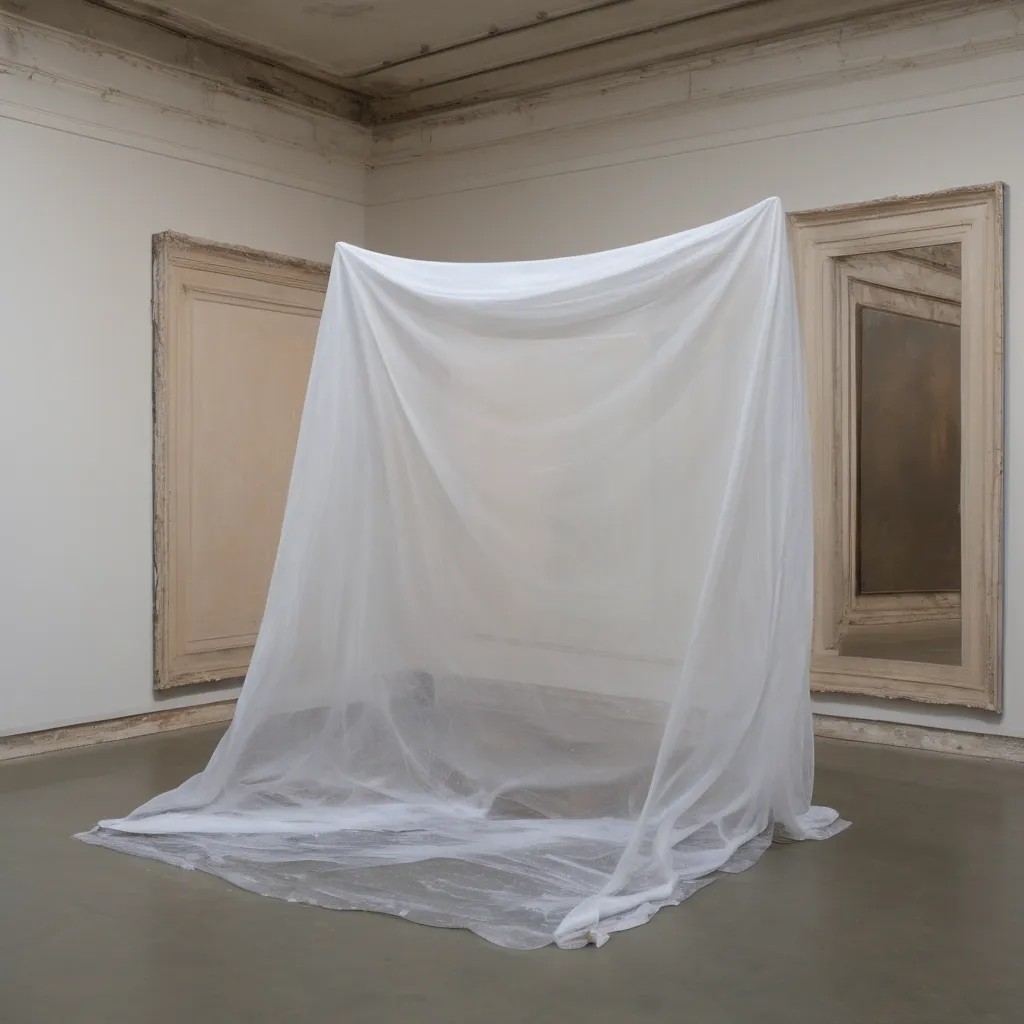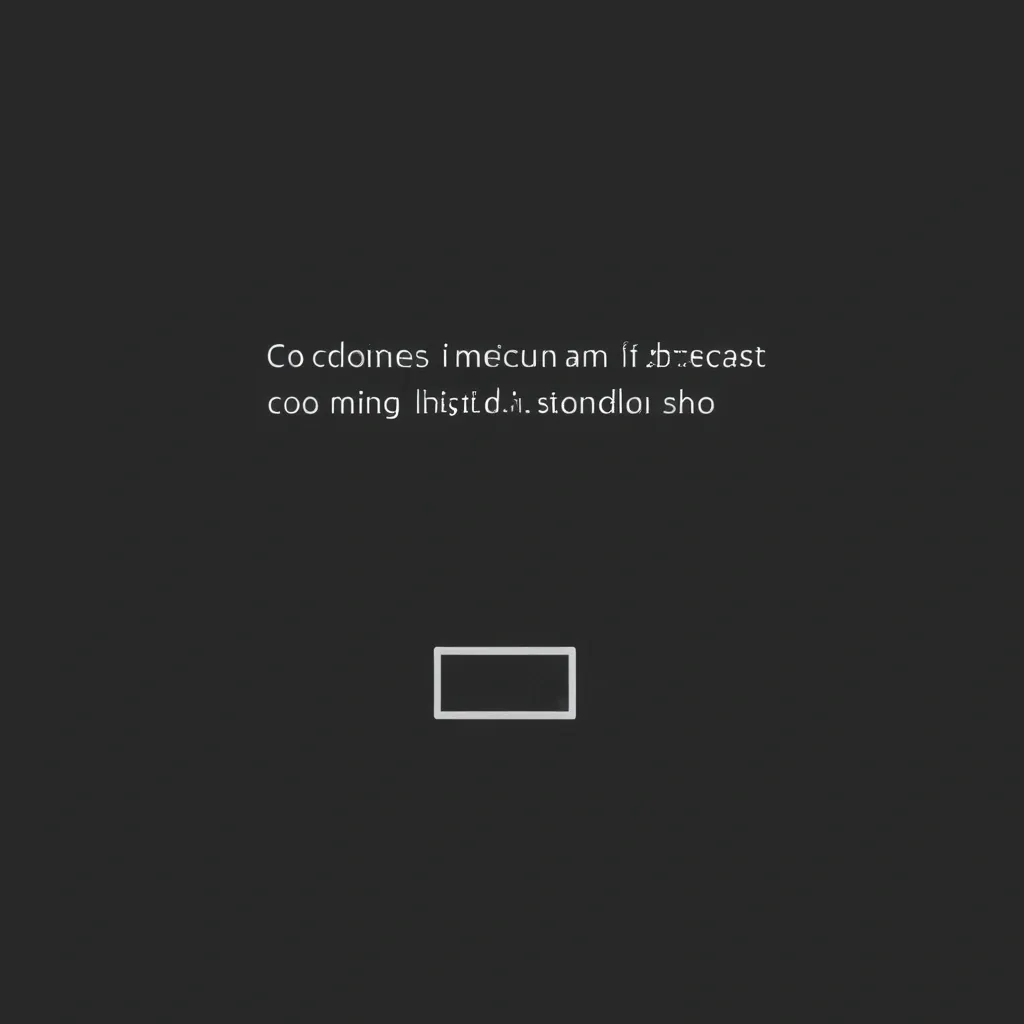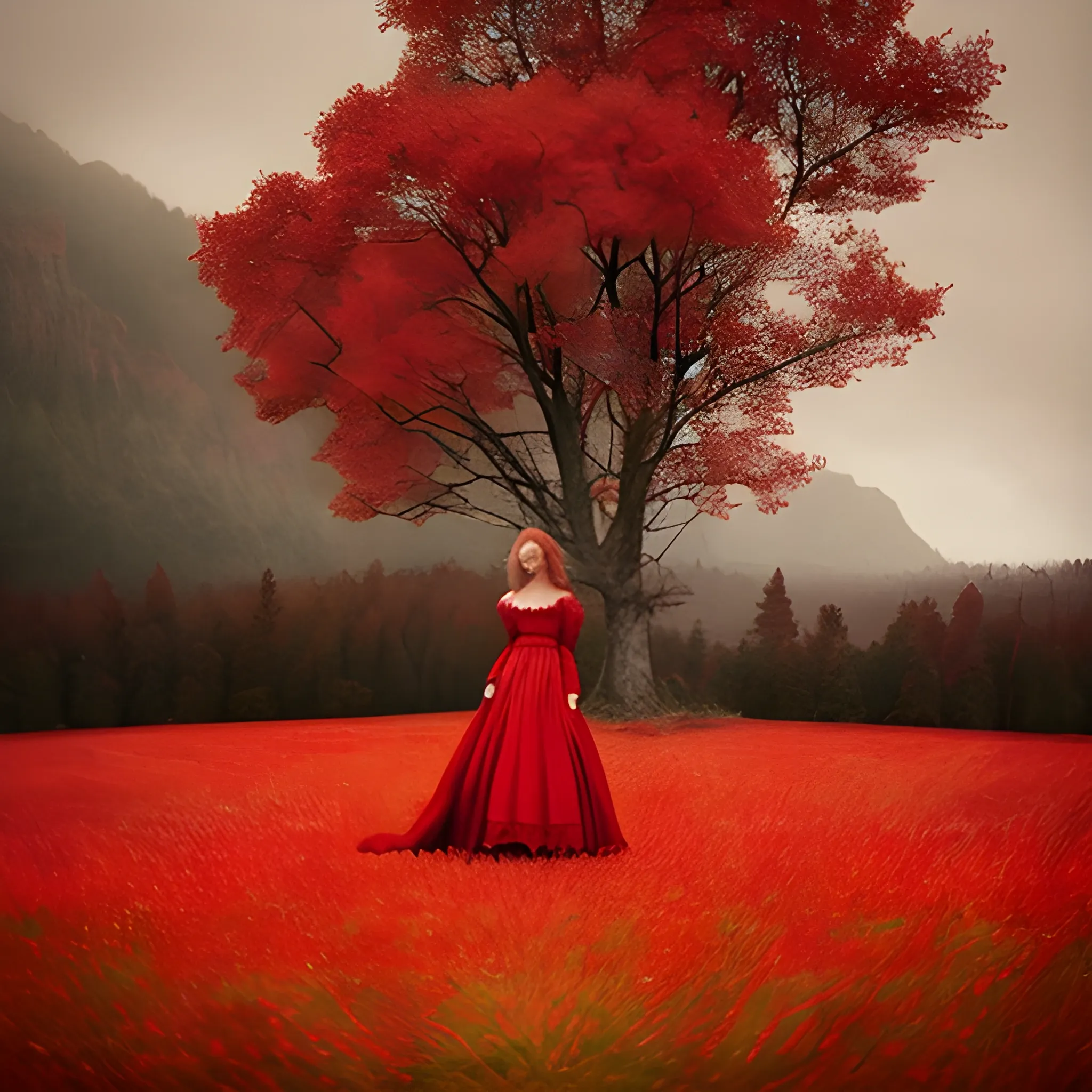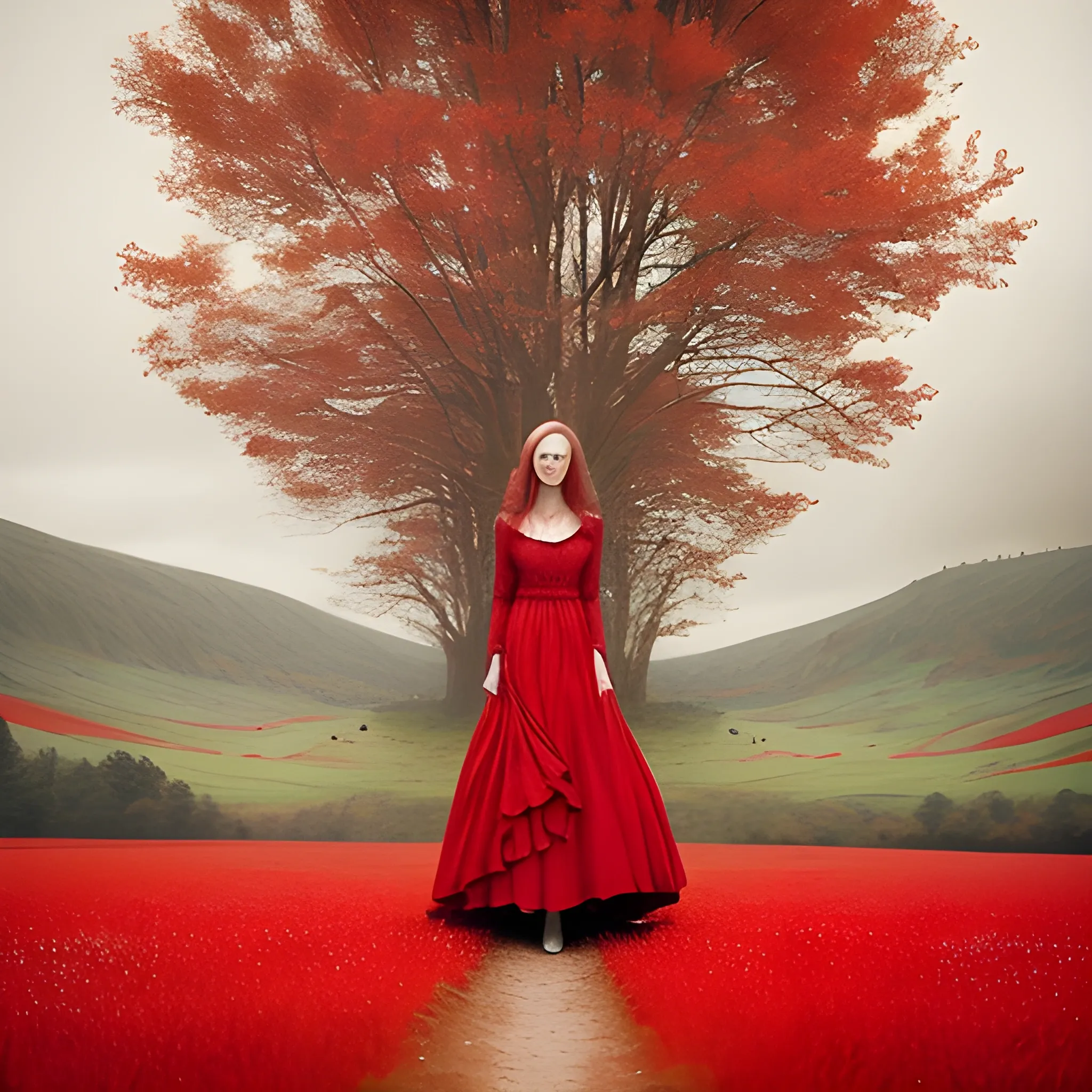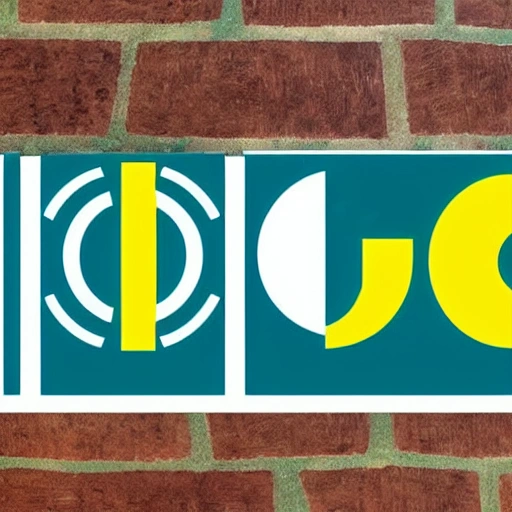Search Results for installation
Explore AI generated designs, images, art and prompts by top community artists and designers.
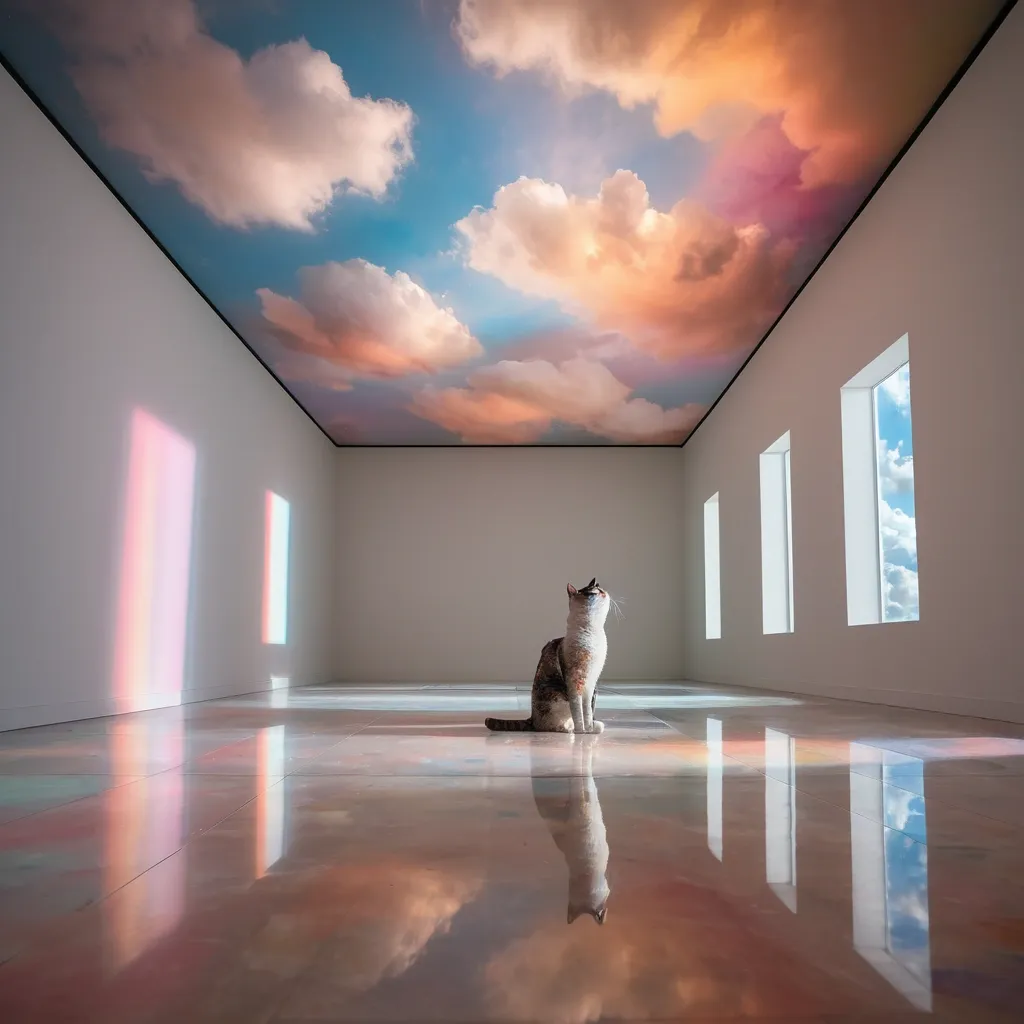
surreal fine art photography , art installation multicolored clouds suspended from the ceiling , cloud softly textured and illuminated with warm , diffused light in a modern minimalist gallery with a highly reflective floor , one cat stands below , gazing upward in awe as the clouds glow gently from within , shot on a Canon EOS 5D Mark IV with a Canon EF 24mm f/1.4L II USM lens at f/2.8 for shallow depth of field and hyperrealistic detail --ar 9:16 --quality 2 --style raw --stylize 200 ,
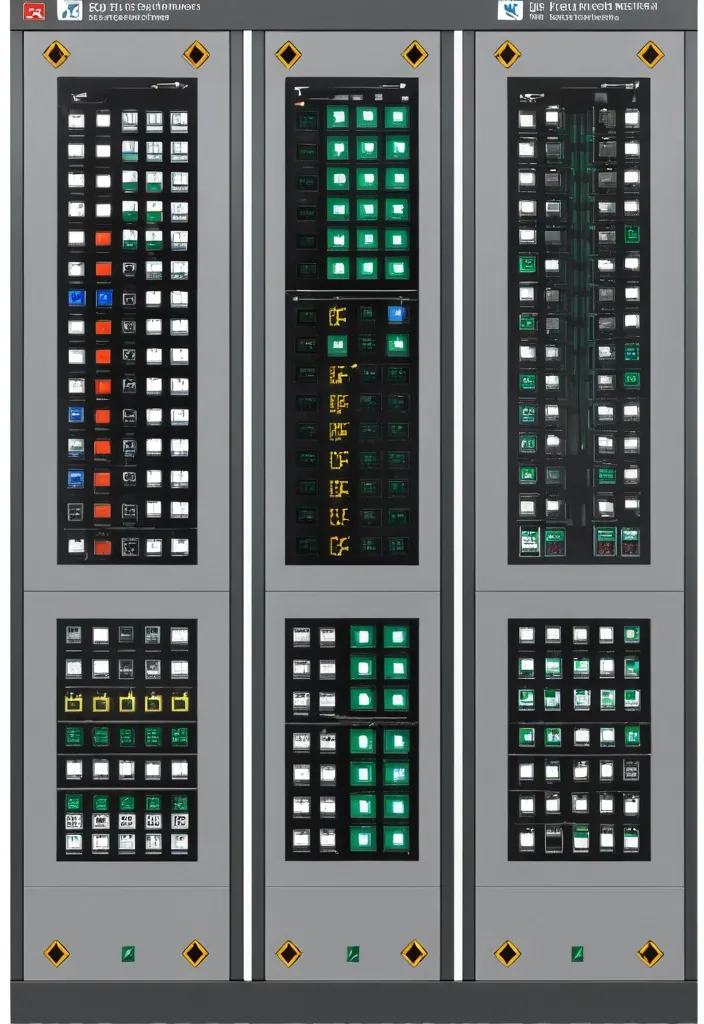
Description of the visualization and control system of the automation complex The purpose of the system is to provide the operator with a single , intuitive interface for monitoring and managing all subsystems of the complex in real time. Architecture of the main window (Generalized Status Panel): The main screen is designed according to the principle of "from general to private". The center contains critical information about the power supply system , on which all other systems depend. The remaining subsystems are grouped logically around the center. 1. Central unit: Power supply system It is visualized as a circle divided into three sectors. Large left sector (≈45%): Transformer substations (TP) 5 blocks are displayed , one for each TP. Each block contains: TP number/name (for example , TP-1 , TP-2). The indicator of the active power line: The "Network" icon with backlight (green - main , yellow - backup). Transformer status: "Main" / "Standby" (or icons). Key parameters from accounting nodes: Current (I) , Voltage (U) , Power (P). The values are output for the active line. General TP status: Color indication (Green - Normal , Yellow - Warning , Red - Emergency). Large right sector (≈45%): Main switchboards 5 blocks are displayed , one for each storage unit. Each block contains: The number/name of the GRSH (for example , GRSH-1). Active power line indicator: Similar to TP. Key parameters from accounting nodes: I , U , P. The general status of the GRS: Color indication. Lower small sector (≈10%): Uninterruptible power supply (UPS) Large text or pictogram status indicator: "Mains operation" (Green) "Battery operation" (Yellow/Orange) Battery level indicator: Percentage scale (from 0% to 100%). The color varies depending on the level (green >50% , yellow 20-50% , red <20%). 2. Peripheral blocks around the center They are arranged around a central circle , forming a "rim". Upper and lower parts of the rim: Ventilation of the web blowing Upper part: 9 installations on top. The lower part: 9 installations from the bottom. There are 18 icons/blocks in total. Each icon represents one installation and has a color indication of the status.: Green: Enabled Gray: Turned off Red: An accident (for example , the differential pressure sensor on the filter went off , an error in the drive) Black/Blue: No power supply When hovering over the cursor , a tooltip appears with details (the condition of the fan , valve , filter blockage). Left and right sides of the rim: Indoor ventilation The left and right sides are divided equally to display the 12 settings on each side. There are 24 icons/blocks in total. The same color status indication for each installation. 3. Corner blocks: Other subsystems They are located in the four corners of the screen for easy and fast perception. Upper left corner: Roller shutters (48 pcs.) Summary information is displayed as an information block.: "Closed: XX / Open: XX" (numeric values). A graphical indicator (for example , a stripe divided into green and blue parts , proportional to the number). General status: Green icon "OK" or Red icon "Emergency" (if at least one roller shutter has an emergency status). Upper right corner: Elevators (2 pcs.) Two vertical blocks , one for each elevator. Each block contains: Elevator number (Elevator 1 , Elevator 2). Floor indicator: A large number (for example , 3). Motion indicator: Up/down arrow or Stop icon. General status: The background color of the block (Green - normal , Gray - power off , Red - emergency , Blue - no connection). Lower left corner: EVIL Lights (Roof lamps) A large indicator in the form of a stylized lamp or icon. Color status indication: Bright Yellow/White: Included Gray: Off Red: Crash Black/Blue: No power supply Lower right corner: Heated storm drains Similar in style to the "Fires of EVIL" block. Color status indication: Orange/Red: Enabled Gray: Off Red (flashing): Crash Black/Blue: No power supply Navigation and management: Main Screen: It is an overview map. All the elements on it are clickable. Details: Clicking on any sector (TP , GRS , ventilation group , roller shutter unit) opens a new window with detailed information: TP/GRS: Single-line network diagram , status of all feeders and sectional switches , detailed power parameters. Ventilation: Detailed status of each piece of equipment in the selected group (fan , valve , filter condition) , possibility of manual control. Roller shutters: A table or plan of the building with the condition of each of the 48 roller shutters , group and individual control buttons. Control: The control buttons (Start , Stop , Open , Close) are located on the detailed screens. On the main screen , quick action buttons ("Emergency activation") can be displayed for critical systems (for example , EVIL lights). Visual style: Color scheme: An intuitive color palette is used (Green is the norm , Yellow/Orange is a warning , Red is an accident , Gray/Blue - disabled/no data). Fonts: Clear , easy-to-read fonts. Critical information is displayed larger. Animation: Minimal and informative (for example , smooth change of values , flashing for emergency states). ,
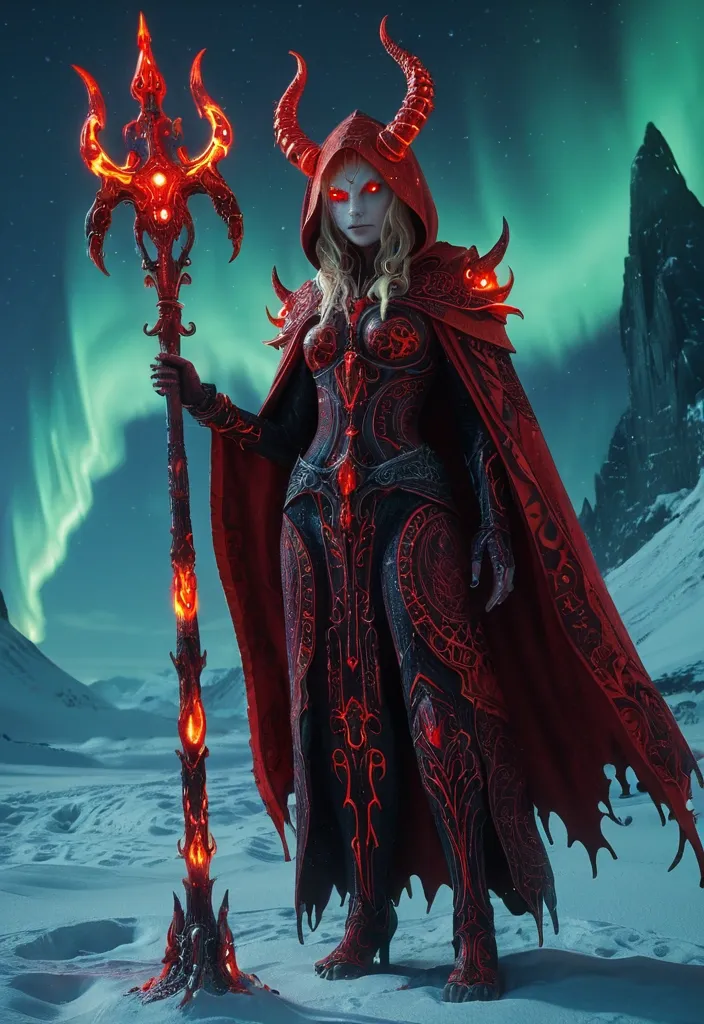
This is a highly detailed CGI artwork. a full body of striking female demon with glowing red eyes and black , curved horns. She has fair skin , blonde hair , and wears a red , hooded cloak with intricate patterns. A large , ornate staff with a skull and flames is in her left hand. The winter-land beneath is speckled with tufts of snow , while iconic psychedelic fractal monolith formations stand tall in the distance against a bathed in a Aurora as the Northern Lights. Science fiction influences , 32K UHD , atmospheric installations , otherworldly visions , fluorescent colors , ethereal glow , futuristic aesthetics. ,

A Steampunk Monolith spaceship launching into space with psychedelic fractal ship on an icy ocean landscape covered in shimmering silver glitter , bathed in a Aurora as the Northern Lights. Science fiction influences , 32K UHD , atmospheric installations , otherworldly visions , fluorescent colors , ethereal glow , futuristic aesthetics. ,

A Futuristic Monolith spaceship launching into space with psychedelic fractal on an icy landscape covered in shimmering silver glitter , bathed in a Aurora as the Northern Lights. Science fiction influences , 32K UHD , atmospheric installations , otherworldly visions , fluorescent colors , ethereal glow , futuristic aesthetics. ,

A Military truck with large tires , mounted weaponry uniquely long caterpillar shaped , a female pilot sitting in the glass cockpit , running at desert terrain landscape covered in shimmering silver glitter , bathed in a rainy as the Northern Lights and dark black palette. Science fiction influences , 32K UHD , atmospheric installations , otherworldly visions , fluorescent colors , ethereal glow , futuristic aesthetics. ,

A high-tech spacecraft uniquely Orange skull shaped , curved wings like crashing waves , flying over ocean landscape covered in shimmering silver glitter , bathed in a Aurora as the Northern Lights and dark black palette. Science fiction influences , 32K UHD , atmospheric installations , otherworldly visions , fluorescent colors , ethereal glow , futuristic aesthetics. ,
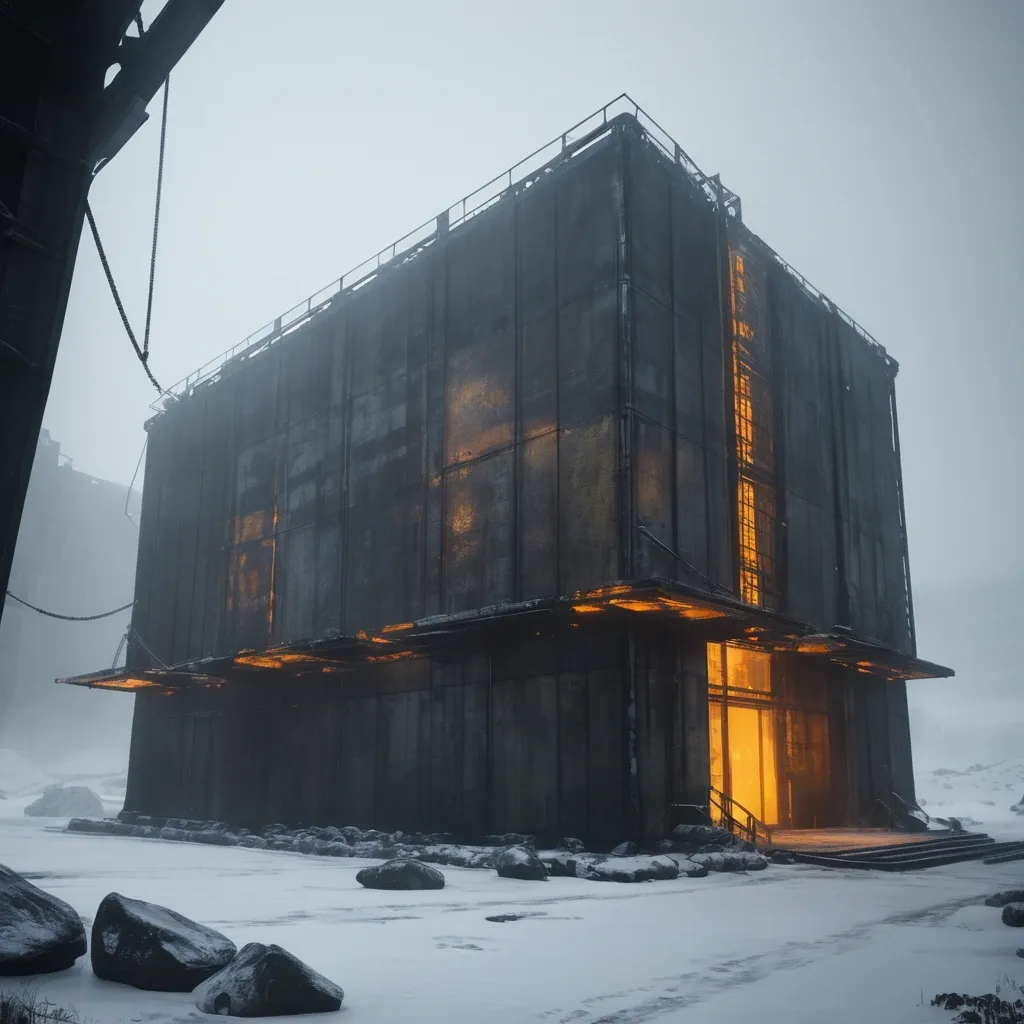
Create this image: The scene depicts a sci-fi post-apocalyptic environment in an inhospitable , snow-covered region. The climate is cold , dark , and foggy , suggesting freezing temperatures and low visibility. At the center of the image stands a massive structure resembling an rusty metal and ship that has been rebuilt with wooden parts. The construction combines metallic materials with aged wood and windows , with light emanating from inside through the windows , indicating that the interior is illuminated. Icicles hang along the edges of the roof , and the surroundings are lit by small orange lights distributed along the outer walls. The base of the structure is elevated , resting and surrounded by the ice , with the main access provided by one external staircase. At the top of the structure , a rusty chimney emits smoke , while to the right , a large metal tower resembling an industrial elevator or cargo system It features suspended ramps or metal walkways linking different levels of the installation , with yellow lights connecting it to the rear of the structure connects to the building. A medium tower above the main building contains antenna , sensors and platforms , suggesting surveillance functions. In the foreground , on the snowy ground , two clocked figures stand in the entrance of the structure. Wooden and metal crates are stacked in front of the structure , below the windows , and a cable sprawls across the ground , emerging from the structure itself. The lighting should emphasize the contrast between the cold , shadowy exterior and the warmth radiating from the internal lights , as well as the orange and yellow lights of the structure. The foggy atmosphere should create a sense of isolation and mystery , reinforcing the post-apocalyptic tone. The scene should evoke an atmosphere of tension , exploration , and survival , where this lone structure exists as the only sign of civilization in a desolate world. ,

Spiral shaped audience seating: The audience seating is no longer symmetrical circular or fan-shaped , but extends outward from the central stage in a spiral shape , like a flowing olive branch. The spiral design breaks the traditional viewing relationship , allowing the audience to watch the performance from different angles and heights , and gain a unique visual experience. Distributed stage: The stage is no longer limited to a fixed area , but is dispersed at various nodes of the spiral shaped audience seating. Actors can perform on different stages , and audiences can follow in their footsteps and freely move around the theater to experience different plot developments. Immersive Landscape: Olive trees and other Mediterranean plants are planted in the theater , creating a natural landscape barrier and interactive space. Viewers can rest under the shade of trees or interact with plants to become a part of the performance. Modular structure: Spiral foundation module: composed of prefabricated concrete components , forming a spiral foundation structure. Each component is approximately 2 meters long , 0.5 meters wide , and 0.3 meters high , with a moderate weight for easy transportation and installation. Modular platform: Each spiral node is equipped with a modular platform that can serve as a stage or audience seat. The platform is composed of lightweight steel structures and wooden boards , which can be quickly built and dismantled. Removable seats: The seats are made of lightweight materials and can be freely moved and combined to meet different performance needs. Ecological Landscape Module: Install an ecological landscape module on each spiral node , planting olive trees or other Mediterranean plants. The module is made of recyclable materials for easy maintenance and replacement. Featured features: Top view: The theater is spiral shaped with a circular pool in the center , and a statue of the Virgin Mary stands in the center of the pool. The spiral shaped audience seats extend outward from the pool , with a modular platform and ecological landscape module set up at each node. Side view: The theater is in a stepped shape , with spiral shaped audience seats gradually rising , providing a good view for the audience. The modular platform and ecological landscape modules are arranged in a staggered manner between the audience seats. Perspective view: Viewers can freely move on the spiral shaped audience seats and watch the performance from different angles. Actors perform on different modular platforms and interact with the audience. Olive trees and other Mediterranean plants add a natural atmosphere to the theater. The breakthrough modular outdoor theater of "Olive Branch and Our Lady's Song" will become a new trend in the future development of outdoor theaters with its unique design concept and breakthrough layout , providing people with more opportunities to experience art , get close to nature , and experience culture ,
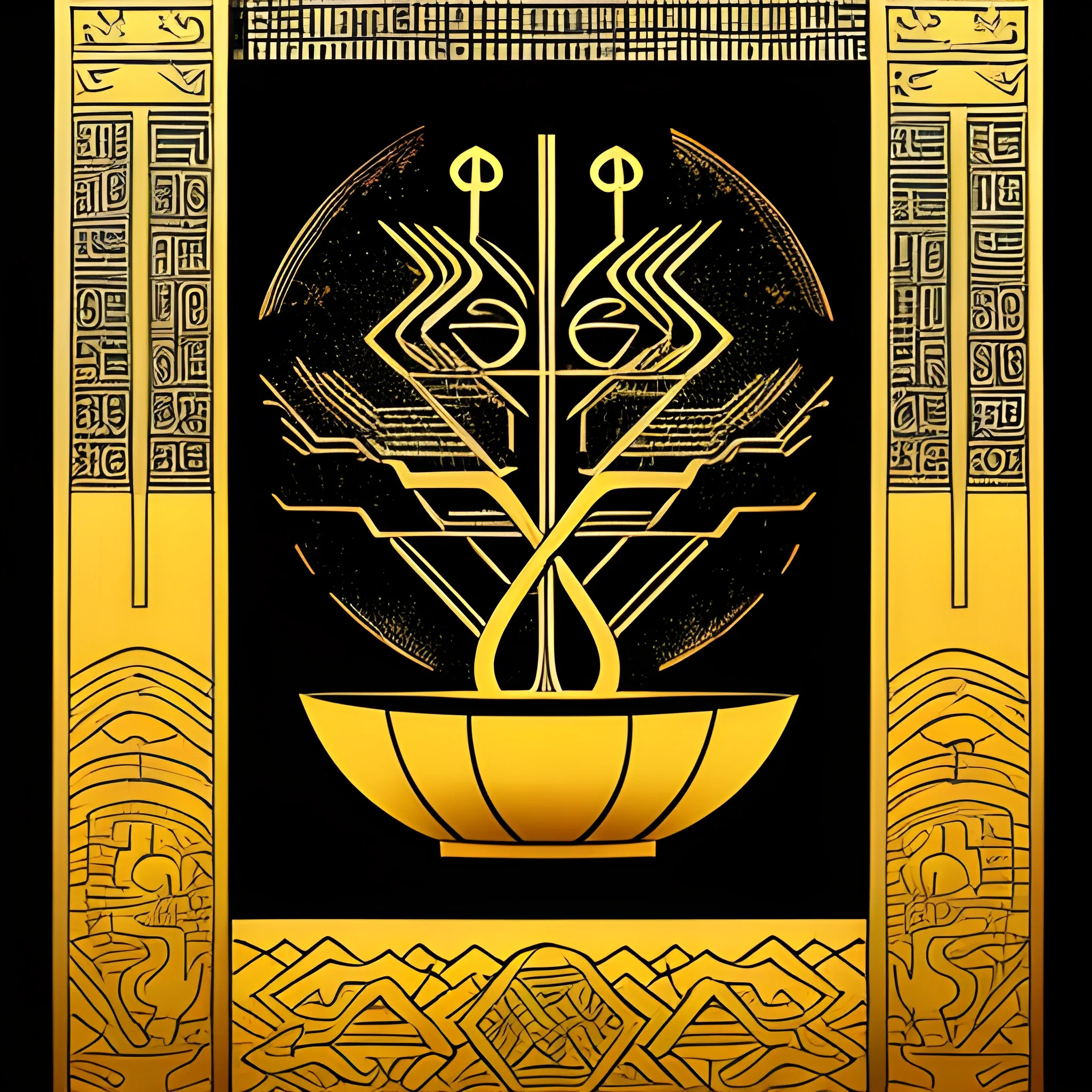
The Japanese symbol for "god" is a hieroglyphic representation of a thunderous roar at an altar with no offerings. Left side toward the altar placement screen. The thunderclap is placed on the right side toward the viewer. Art: The work incorporates the atmosphere of art installations such as Wodari , as well as elements of Rimpa school , Yokoyama Taikan , Murakami Takashi , and Kano Tadanobu , to create a unique and sophisticated work. Einoh Kano , Art: Epic , Volume Writing , Art: Einoh Kano , Illustration , Illustration ,
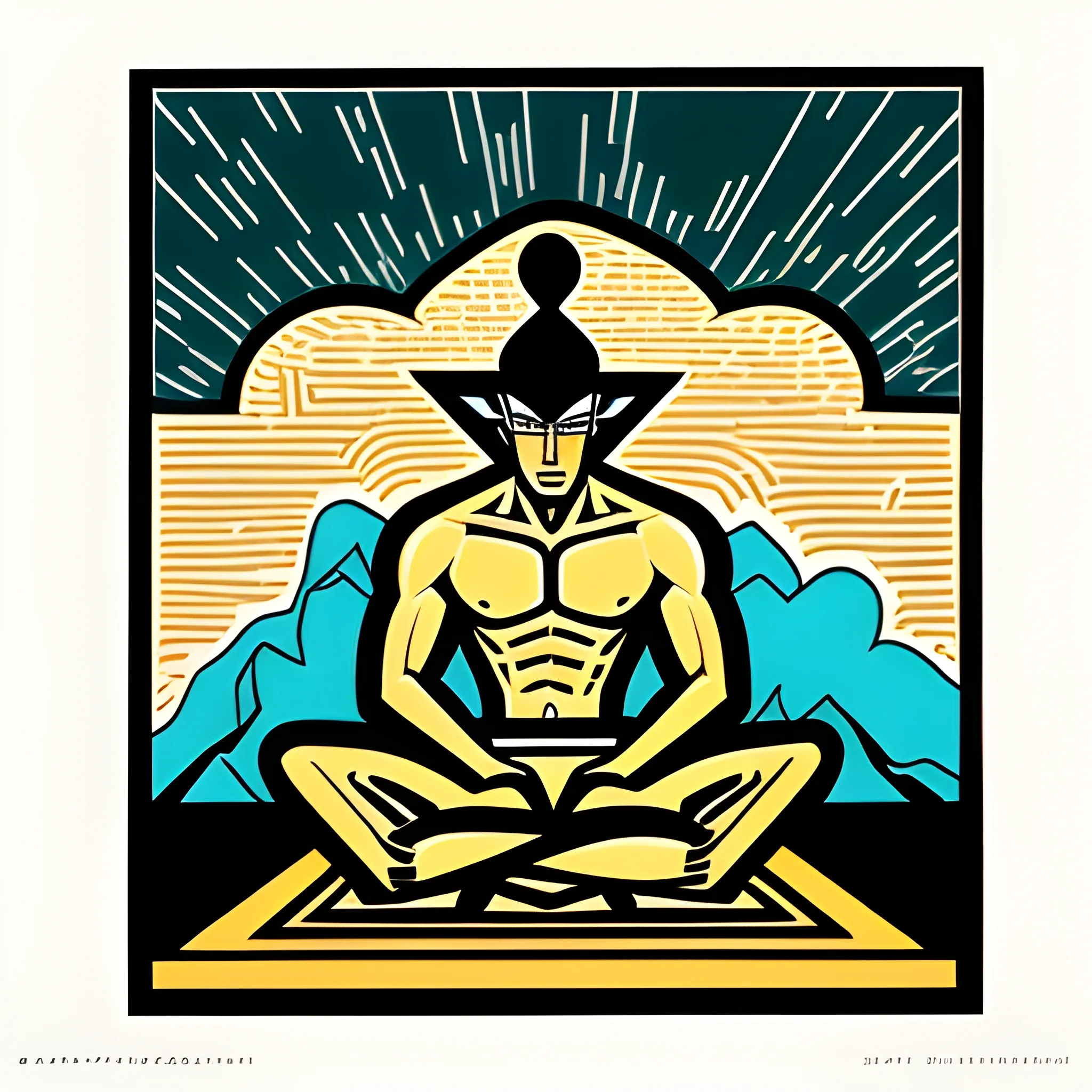
I would like you to depict a thunderstorm roaring to the right of a Japanese-style altar with no offerings. Placement: Altar on the left. Lightning bolt on the right. Art: The atmosphere of art installations like wooodali and elements of Rimpa school , Yokoyama Taikan , Takashi Murakami , and Tadanobu Kano are incorporated to create a unique and sophisticated artwork. Einoh Kano , Art: Keith Haring , Photography , Epic , Volume Writing , Art: Einoh Kano , Illustration , Illustration , 2D , Manga ,

The characters symbolizing the Japanese "god" are a hieroglyphic representation of a thunderous roar on a Japanese-style altar with no offerings. Placement: Altar on the left. Lightning flashing on the right side. Art: Incorporate the atmosphere of an art installation such as wooodali , and other elements of Rimpa , Yokoyama Taikan , Murakami Takashi , and Kano Tadanobu to generate a unique and sophisticated artwork. , realistic landscapes , animated concept art , art by Rimpa , from sky depictions to lightning strikes , art by Taikan Yokoyama , Takashi Murakami , art by Yonobu Kano , art: Einoh Kano , art: Keith Haring , photography , epic , volume lighting , art: Eitoku Kano , illustration , illustration ,

The characters symbolizing the Japanese 'god' are a hieroglyphic representation of a thunderous roar on an altar with no offerings. The left side toward the altar arrangement screen. The thunderous roar is placed on the right side of the screen. Art: Incorporate the atmosphere of an art installation such as wooodali , and other elements of Rimpa , Yokoyama Taikan , Murakami Takashi , and Kano Tadanobu to generate a unique and sophisticated artwork. , realistic landscapes , animated concept art , art by Rimpa , from sky depictions to lightning strikes , art by Taikan Yokoyama , Takashi Murakami , art by Yonobu Kano , art: Einoh Kano , art: Keith Haring , photography , epic , volume lighting , art: Eitoku Kano , illustration , illustration ,
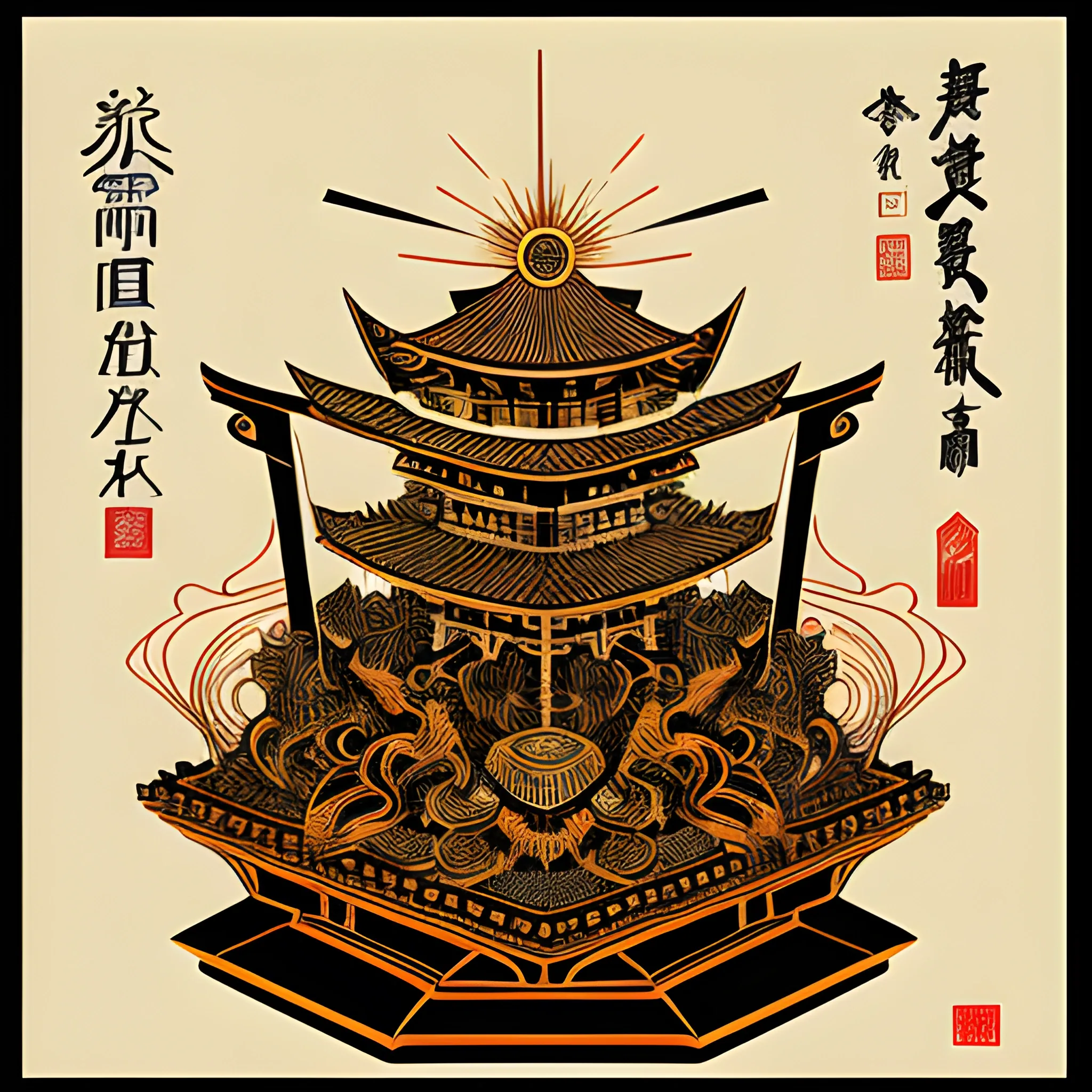
The Japanese symbol for "god" is a hieroglyphic representation of a thunderous roar at an altar with no offerings. Left side toward the altar placement screen. The thunderclap is placed on the right side toward the viewer. Art: The work incorporates the atmosphere of art installations such as Wodari , as well as elements of Rimpa school , Yokoyama Taikan , Murakami Takashi , and Kano Tadanobu , to create a unique and sophisticated work. Einoh Kano , Art: Epic , Volume Writing , Art: Einoh Kano , Illustration , Illustration ,
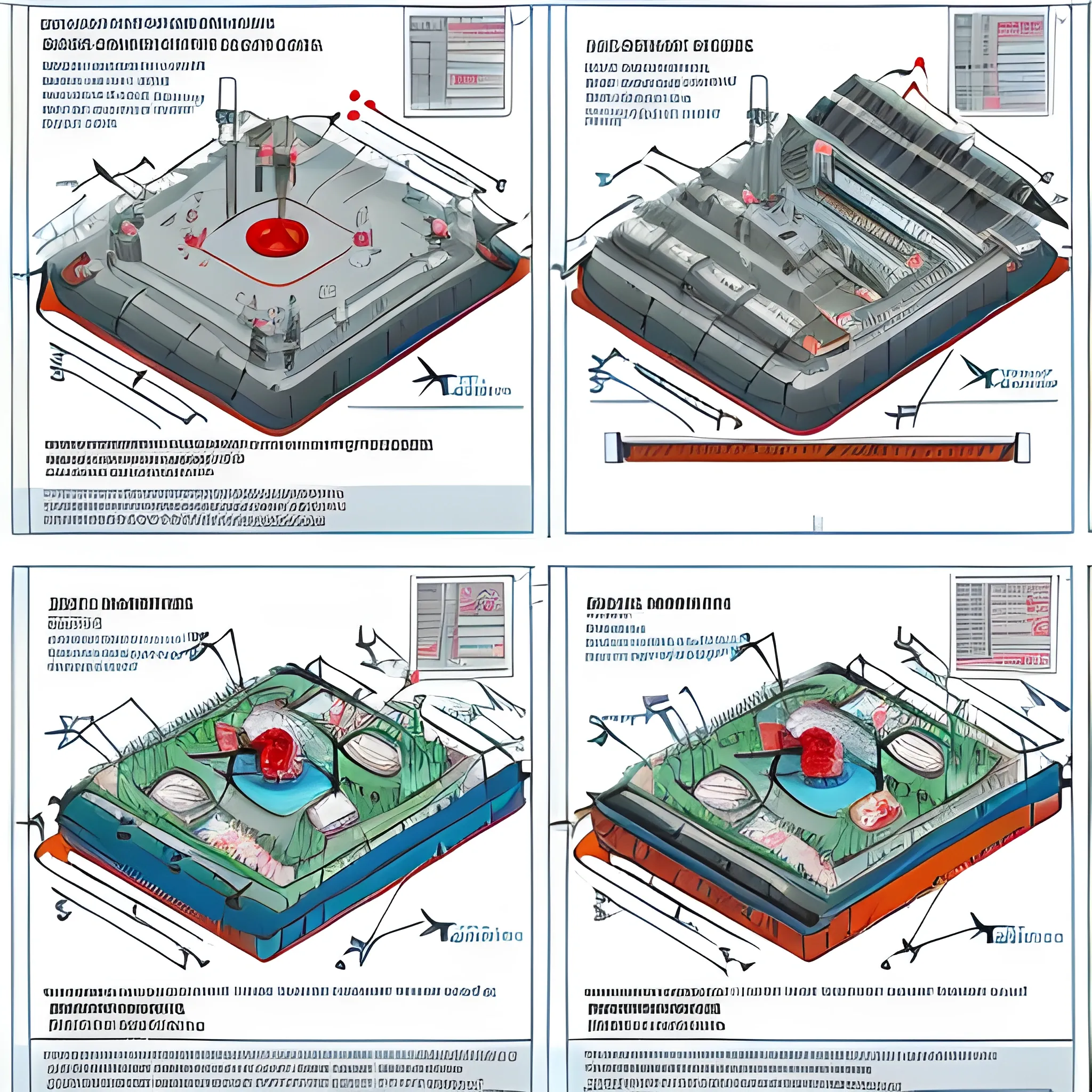
Positive Prompt: "A detailed technical illustration that shows two key stages of oil well operation using modern and clear visual design. On the left side , the 'Heat Carrier Injection' process is depicted. A pump jack , widely used in the oil industry to move liquid from the well , is shown on the surface. Red arrows highlight key steps in the process. The first step is the plunger lift , which plays a crucial role in the operation of the pump. This process is facilitated by lifting the plunger inside the pumping equipment in preparation for the injection. The second step involves securing the tubing column to a suspended plug , an important measure to ensure the temporary closure of the well and prevent unwanted discharge while preparing for the heat carrier injection. Subsurface , the illustration shows components like the tubing and working rods involved in this process. The entire system is presented in cross-section to demonstrate how it functions in real conditions , providing a deeper understanding of the equipment interaction during heat carrier injection. On the right side of the illustration , the 'Production Phase' is shown. The pump jack is again depicted on the surface , but now the focus is on the oil extraction process. Arrows indicate several important operations. First , the dismantling of a solid ring is shown , which is removed to prepare the well for operation. Next , the installation of a polished rod is highlighted , an important component of the pumping system that allows for effective force transmission for the pump's operation. Finally , the lowering of the plunger is illustrated , which initiates the system's operation in extraction mode. The cross-sectional view of the well illustrates how the pumping system elements work during oil extraction. Specifically , equipment such as the SPR-57 cylinder and plunger are highlighted as crucial for ensuring oil production. All elements are clearly labeled with descriptions , making it easier to understand the processes and equipment. The illustration is designed in a modern style with clear lines and bright colors to simplify the perception of complex technical processes. All key operations are marked with explanatory arrows , and labels help quickly orient the viewer on the actions being performed at each stage. Both surface and subsurface equipment are represented in cross-section , providing a comprehensive understanding of all stages of well operation. This illustration is suitable for use in educational and professional materials within the oil and gas industry , as it provides a visual and understandable representation of the heat carrier injection process and subsequent oil extraction." Negative Prompt: "The illustration lacks sufficient detail , reducing its practical value for technical specialists and engineers. Firstly , key components of the equipment , such as the tubing , column pipes , and plunger , are presented schematically and without explanatory labels , making it challenging to understand specific processes and steps. Important stages , such as the plunger lift or the dismantling of the solid ring , are depicted too simplistically , and due to the lack of detailed indicators , it is unclear how these operations are carried out. The subsurface part of the equipment in cross-section is also inadequately detailed: there are no precise labels for all layers and components necessary to understand the complete structure and system interactions. The SPR-57 cylinder , which is a crucial part of the production process , is not visualized with sufficient clarity , potentially leading to misunderstandings of its functions and role in the process. Additionally , there is no clear indication of the flow of fluids , such as the heat carrier injection or liquid circulation. The red arrows used to highlight key processes are not sufficiently informative: their trajectory may confuse the user , as they do not clearly point to specific elements of the system , and their placement on the diagram appears cluttered. This complicates the perception of the overall logic of the processes. As a result , the illustration appears superficial and unsuitable for use in professional technical instructions or educational materials. Finally , the overall design of the illustration is outdated , which diminishes its visual appeal. Modern illustrations require cleaner , clearer graphics with bright and unambiguous indicators and explanatory captions to enhance clarity and ease of understanding , which is lacking in this case. All these factors make the illustration less useful for engineering tasks and necessitate revisions to meet contemporary quality standards in the oil and gas industry." These prompts provide a comprehensive overview of both the strengths and weaknesses of the illustration. ,
